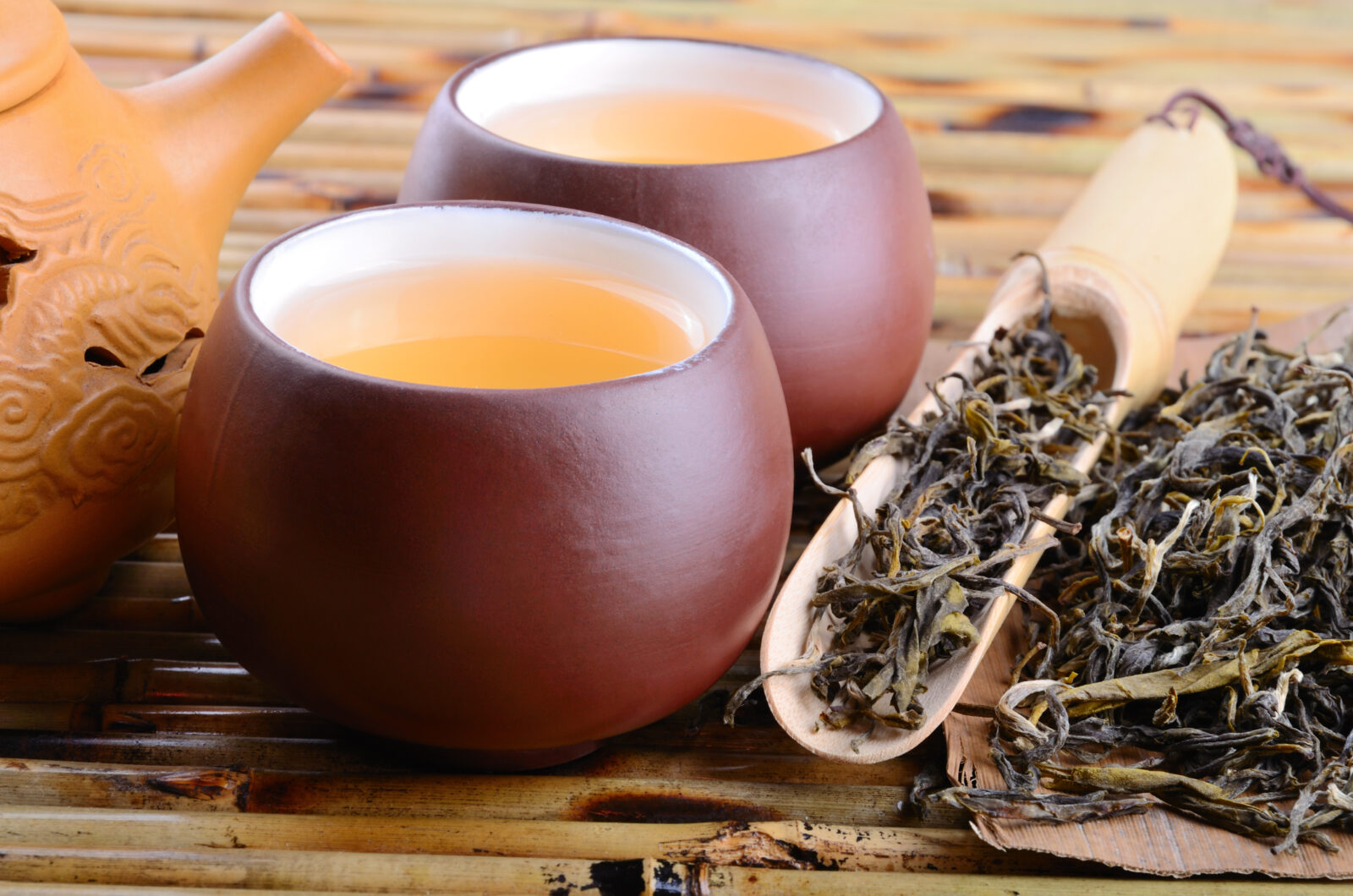Rock Oolongs: Try China’s Unique and Prized Mountain Teas
We often extoll the wonders of oolong teas. With oxidization times falling between grassy green tea (which sees no oxidization) and robust black tea (which undergoes quite a bit), oolongs capture a wide range of flavors, textures and aromas. Some taste malty, with earthy aromas. Others are much more floral on the nose, and sweet on the tongue. Tea enthusiasts often describe flavors like honey, apricot, orchids, smoke and more.
Among many other things, we love what oolong means. In Chinese, “wu” means black and “long” means dragon. So when Chinese people refer to oolong tea, they are saying “black dragon tea.” Much more cool than the English translation, oolong!
We carry more than 20 oolongs, from everyday elixirs to more prized ones that are suited for special occasions. Among our selection are oolongs that arrive to us pre-packaged in decorative containers, and which are among the most popular styles in China. In this blog, we explore these packaged oolongs, all of which are “rock oolongs,” meaning from the Wuyi Mountain region of China (more about rock oolongs below). We are proud to carry them.
Oolongs bring on the health
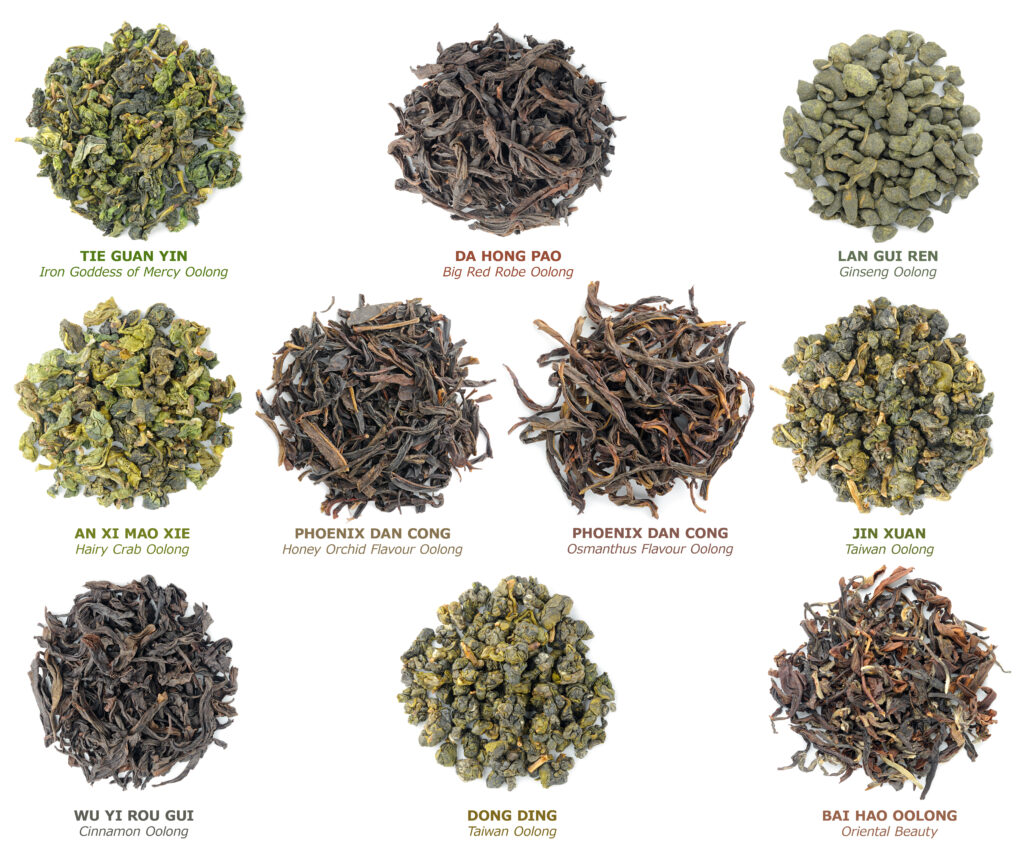
It’s the superb, varied and complex flavor that attracts so many oolong fans. But many people in China also turn to oolongs for health benefits. We don’t promote drinking tea in place of healthy living (exercise, good diets, sound sleep, mitigated stress and so on). But we do think tea is a strong part of any healthy lifestyle.
Consider some of oolong’s health advantages. It contains many polyphenols, plant micronutrients that are full of antioxidants. People sip oolongs to improve heart health, raise immunity and even prevent tooth decay. The tea hosts plenty of Vitamin C. People drink it to improve their skin, increase fat metabolism, lower cholesterol, and relax muscles in the bronchial tract.
Centuries of oolongs in China
It’s certainly been around for a long time, originating during the Tang Dynasty (618-907) in a mountainous region of Fujian Province. Tea scholars believe oolong was the first to be used as a tribute tea, during the Song Dynasty (960-1279).
China’s elite began traveling to Fujian Province, and championing the tea they found there, describing the teas from the Province’s WuYi Mountains as tasting of “earth-stone.” Prior to encountering the oolongs of Fujian, many Chinese people had only tasted green tea. The monks, scholars and officials who visited Fujian Province returned to their home regions with bags of oolong, and a thirst for more. By the end of the Qing Dynasty (1644-1911), oolongs had become prominent among the country’s elite, and had also become accessible to everybody else in China.
The glory of rock oolongs

Oolongs from the WuYi Mountains, called “rock oolongs,” are the most coveted of oolongs. We carry nine of them, and appreciate how different they taste, despite their proximity to one another. Rock oolongs help demonstrate that just as “terroir” influences flavors in wine, so it does with tea. Terroir refers to the unique soil characteristics, elevations, climates, surrounding vegetation and much more that together help determine how something edible tastes and smells.
In the WuYi Mountains, the area’s volcanic rocks and rich sell help inform the unique aroma — it broadcasts something like the smell of a piece of wet granite — and sweet flavor. In addition, the WuYi’s steep cliffs help nurture a uniquely fertile growing environment; they simultaneously protect tea fields from cold winds, and invite an abundance of rain, which helps the tea plants to thrive.
But Fujian produces great oolongs from other parts of the Province, and other Chinese provinces, such as Anxi, also grow superb oolongs. Taiwan is another place known for its oolongs; we carry several Taiwanese oolongs.
Today, green tea remains the most popular tea in China. But oolong is a leading style among people in the country, and an oolong called Iron Goddess of Mercy, or Tie Guan Yin (which we carry) may be China’s most famous tea.
Brewing oolongs Gong Fu-style
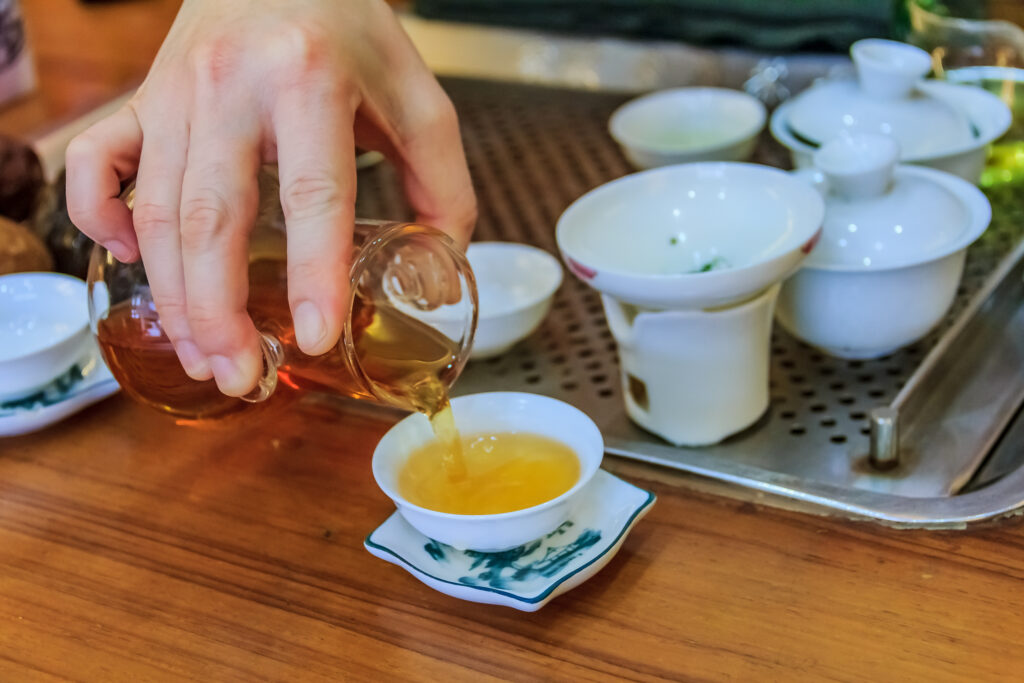
People prepare oolongs just as they would other whole-leaf teas — steeped in pots and poured into mugs and cups. But tea lovers also turn to the Gong Fu-style of preparation for oolongs, which many believe best captures oolong’s nuanced flavors and its ability to evolve in flavor over time, as it gets repeatedly brewed.
Ku Cha’s Gong-Fu method:
In this method we brew the tea using either a small clay or porcelain tea pot, or a gai wan. First, warm the set by pouring boiling water into the brewing vessel and then to the pitcher and cups. Discard the water either into your tea tray, or a bowl. Add seven to eight grams of tea to the brewing vessel. For oolong and pu-erh teas such as this, rinse the leaves with boiling water by pouring water over the tea and discarding the water immediately.
Brew the tea by adding boiling water directly to the leaves, and allowing to steep for five to ten seconds. Pour the brew from the vessel through a strainer to a pitcher. If using aroma cups, pour the tea to fill the tall cups. Place the drinking cups upside down on the aroma cups. Holding the two tightly together so as to create a seal, flip the cups over so that the drinking cup is now right side up with the aroma cup on top. When ready, gently twist the aroma cup off of the drinking cup and while holding in the palm of your hands, smell the empty cup. The tea is now ready to drink! For successive infusions, brew in the same method, increasing the steeping time slightly as the tea begins to mellow in flavor. Enjoy!
Eager to try your hand at Gong Fu? We’ve got just the teas for you — pre-packaged rock oolongs from some of China’s most acclaimed tea farms.
Rock Oolongs: Que She Rock Oolong
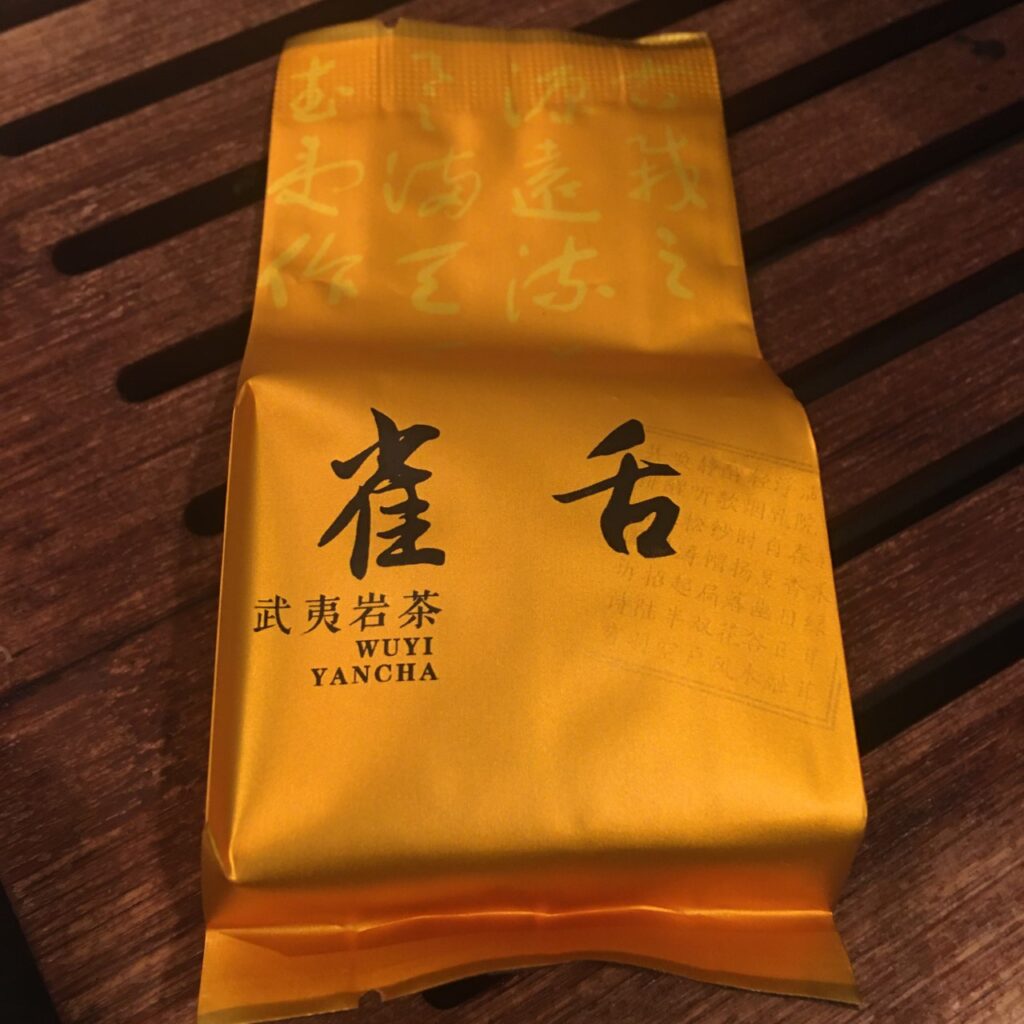
If you like how in Chinese oolong means “black dragon,” you’ll probably appreciate Que She, too. It means “bird tongue.” The Chinese come up with awfully colorful names for their teas! In this case, the name reflects the appearance of the tea leaves — they are slender and small, like birds tongues.
This wonderful tea is a new addition to Ku Cha’s collection of rock oolongs, all of which come from those WuYi Mountains that first inspired China’s elite many centuries ago.
Rock Oolongs: Golden Peony Rock Oolong
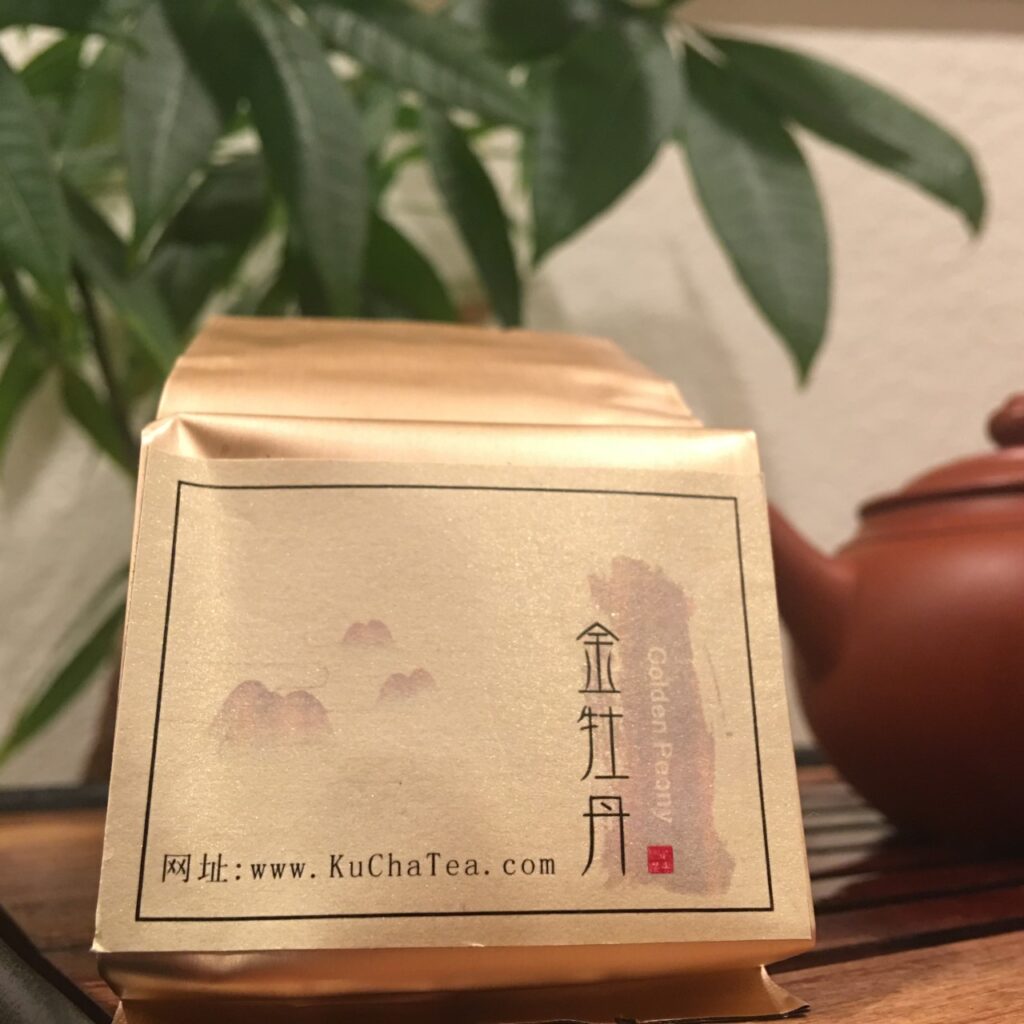
Of Ku Cha’s rock oolongs, Golden Peony is the most floral. This special tea is extremely balanced, with rich, roasted notes, a distinctly floral aroma, and a lingering citrus flavor in the back of the throat.
Rock Oolongs: Da Hong Pao
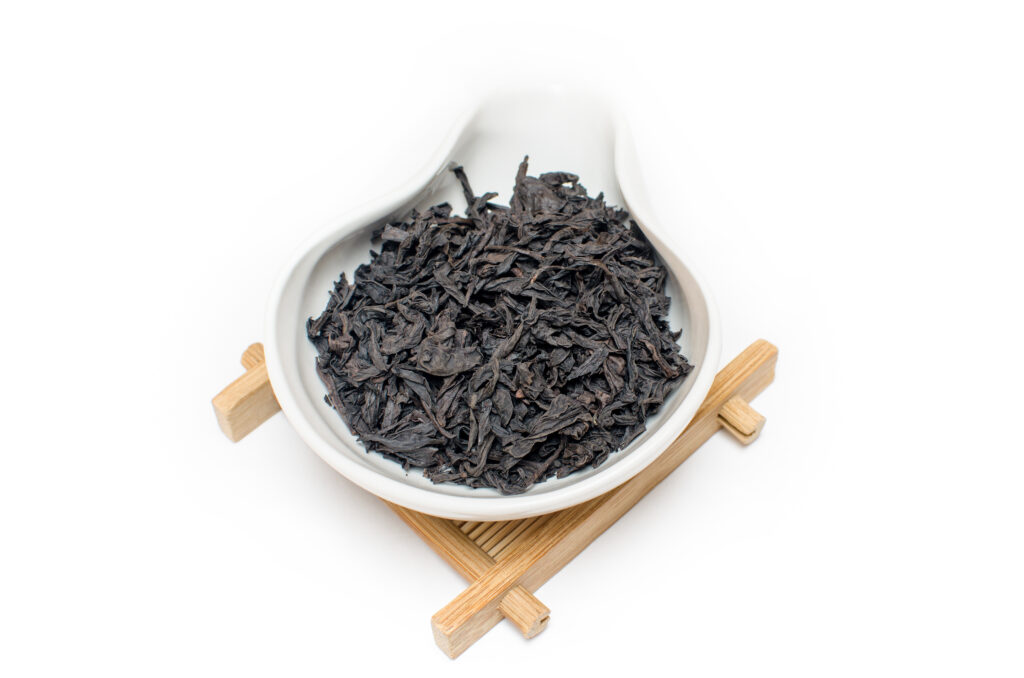
This high grade of Da Hong Pao, which is also known as “Big Red Robe,” offers a rich and bold brew. This elite package of Da Hong Pao is a single serving, and measured out for gong fu brewing — it is meant to be brewed repeatedly during one sitting. It is smoky with mineral characteristics that represent the misty, rock-filled gardens from the farm where this tea is grown.

